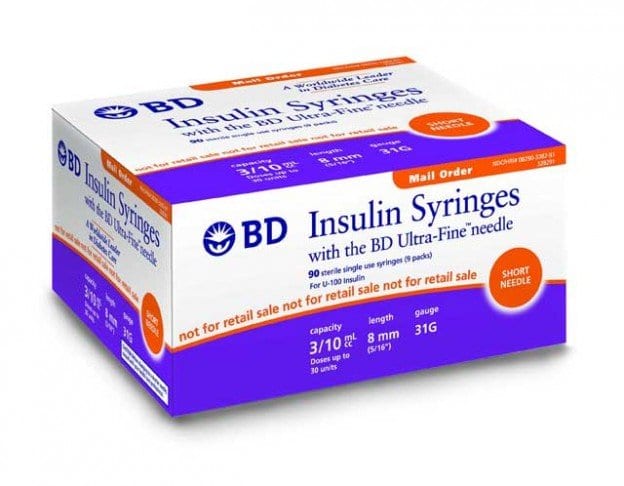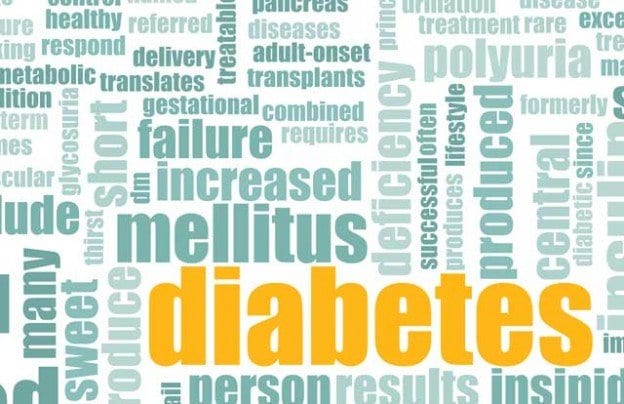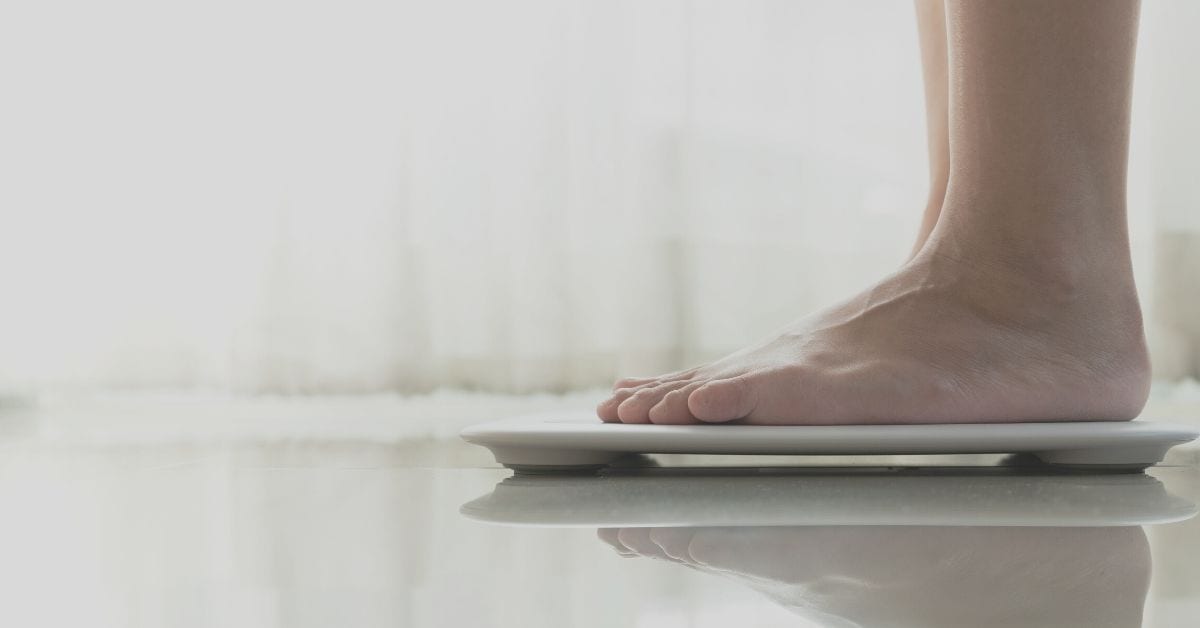Soft drinks and diabetes. What effect do soft drinks have on diabetes? If recent reports are accurate there may be more to the potential link than you may have thought – and for some interesting reasons. Continue reading “Soft Drinks and Diabetes”
Soft Drinks and Diabetes
What effect do soft drinks have on the prevalence of diabetes? If recent reports are accurate there may be more to the potential link than you may have thought & for some interesting reasons.









